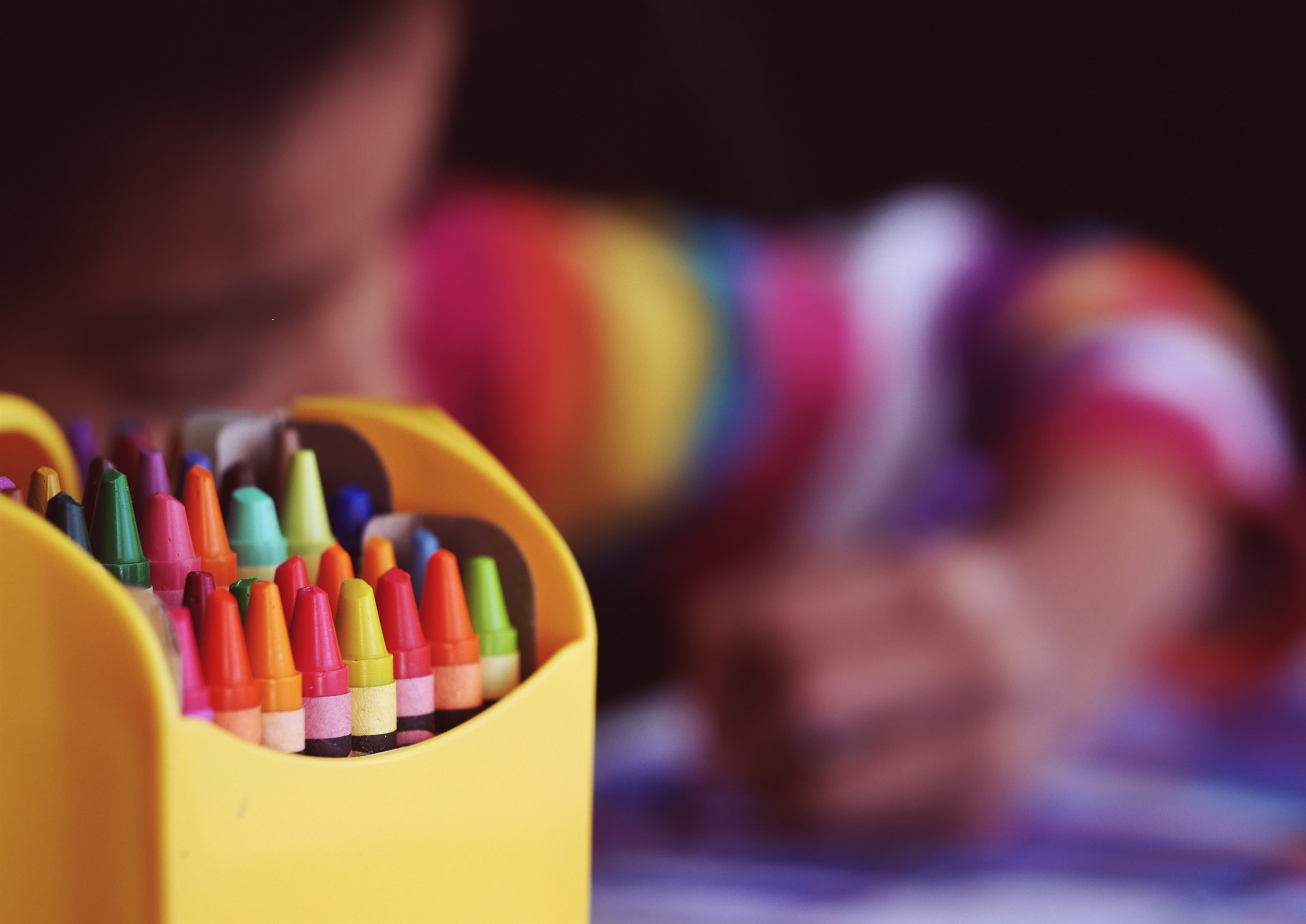This school year has begun like no other school year in history: online. The majority of students in Northern Virginia, and the rest of the country, are now a few weeks into distance learning. Students have become more accustomed to learning online at this point in the pandemic than they were in March. Still, distance learning is challenging for many students. It is especially challenging for students who have attention or learning disorders, such as ADHD and Dyslexia. These students typically do best with structure, frequent teacher interaction, and hands-on learning experiences. The transition to distance learning has been hard for these students. During this time, schools and teachers are working hard to be flexible and adapt to support students with learning and attention issues. Students who have an IEP or 504 plan are still receiving special education services and accommodations (If your child has an attention or learning disorder but does not yet have an IEP or 504 plan, contact your child’s school to find out if she might qualify). There are many strategies you can use at home to help your child be successful this school year. Consider some of the following ideas:
- Create a predictable structure and routine for the average school day. Help your child know what to expect each day by creating a daily or weekly calendar for her to follow. This calendar will help her know what to expect from the day, including which classes/subjects she will have, when she eats lunch, and when she will have breaks.
- Set up a home “classroom” in a low-traffic area of your house. Your child’s classroom should have everything he needs during the school day. It will also be essential for the home classroom to have limited distractions. Make sure that the classroom is neat and free from visual distractions. Additionally, keep all electronic devices, including phones, in a separate room during school hours.
- Plan for breaks throughout the day. It is not natural for a child to sit at a desk all day. She will need to get up and move frequently. Plan on having your child take a break at least every hour to stretch, talk, walk around, play, or have a snack.
- Arrange for your child to have regular check-ins with his teacher. These check-ins will help keep him engaged in the class, and he will have a chance to ask any questions he might have.
- After the official school day is over, encourage your child to play or exercise outside. Exercise and breaks from the screen are essential for helping your child stay healthy, reduce stress, and maintain focus.
- Schedule a regular time each day for homework. Just like during the school day, make sure that your child takes breaks while studying or completing homework.
- During the typical school year, children participate in a range of in-person social and extracurricular activities. Children need to keep in touch with friends as much as possible (through FaceTime, calls, texts, multi-player games, etc.) and continue to participate in activities they enjoy.
- Ask your child what distance learning is like for her. Let her that this is hard and that you’re there to talk and listen. She will probably have a variety of thoughts and feelings about distance learning, both positive and negative. Help her talk through all of these thoughts and feelings. If you think your child is having trouble with sadness, worries, or other challenges, reach out for support from a therapist. Virtual therapy sessions are available.
Best wishes to you and your child for a successful school year!
Christine Howard, Psy.D.
Licensed Clinical Psychologist

